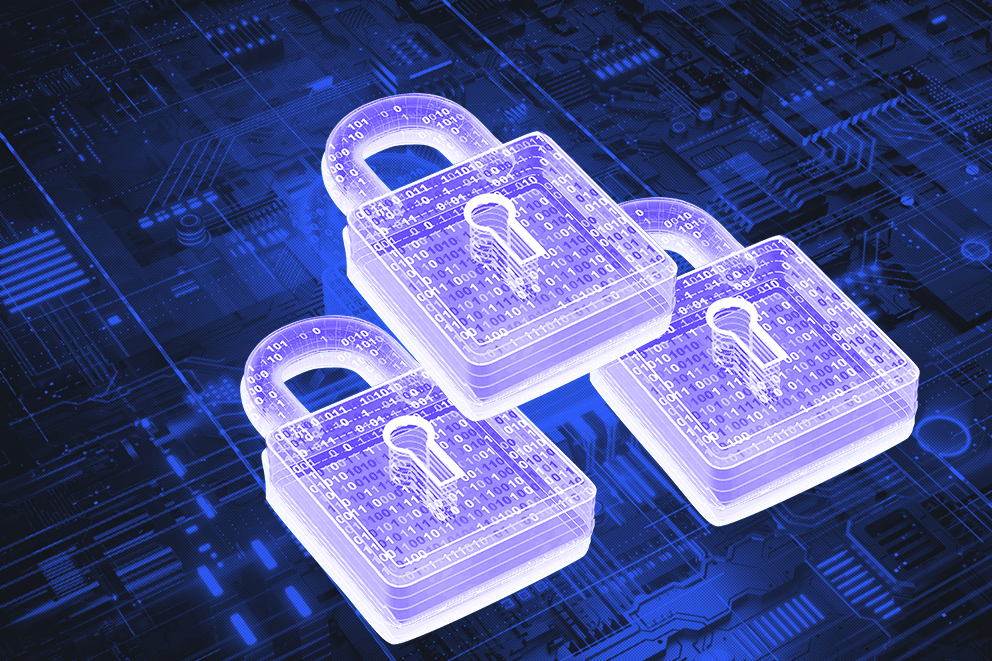The Securities Industry and Financial Markets Association (SIFMA), Bank Policy Institute (BPI), Institute of International Bankers (IIB), and American Bankers Association (ABA) (collectively, the “associations”) have written to the US Securities and Exchange Commission (SEC) comment letters to reiterate their support of strong cybersecurity practices for businesses.
Specifically, the associations
Register for free to keep reading
To continue reading this article and unlock full access to GRIP, register now. You’ll enjoy free access to all content until our subscription service launches in early 2026.
- Unlimited access to industry insights
- Stay on top of key rules and regulatory changes with our Rules Navigator
- Ad-free experience with no distractions
- Regular podcasts from trusted external experts
- Fresh compliance and regulatory content every day

















